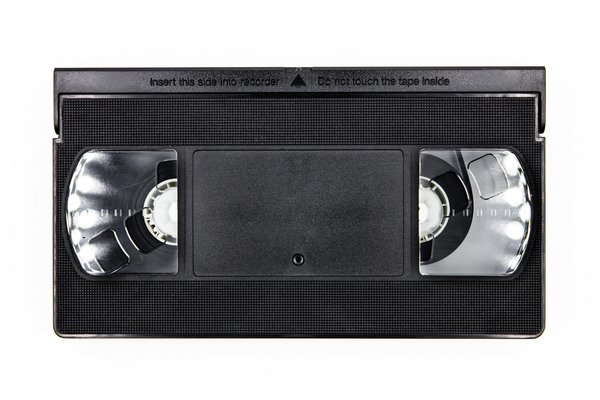
Between the 1980s and 1990s, video tapes made watching movies at home possible for millions of people.
VHS tapes and Betamax tapes were in nearly every home in America. However, as technology advanced, video tapes slowly faded away�leaving behind only nostalgia for a bygone era. Let�s take a look at the history of these old-fashioned video formats that once dominated on-demand at-home entertainment and video recording.
Early History of Video Tapes
The concept of recording visual images dates back to the 1800s, with the invention of the phenakistoscope, a spinning disc with slits that created the illusion of motion when viewed through a mirror. However, it wasn�t until the 1950s that video tapes as we know them today were developed.
In 1951, Ampex Corporation introduced the first practical videotape recorder, the Ampex VRX-1000. This device used reel-to-reel tapes that were 2 inches wide and could record up to 15 minutes of video. By the 1960s, video tapes were widely used for recording and playback in television studios.
The introduction of the VHS (Video Home System) format in 1976 revolutionized home entertainment. It was smaller, more affordable and allowed you to record two hours of video � more than reel-to-reel tapes did!
The VHS format quickly became the standard for home video, and by the early 1980s, nearly all video rental stores carried VHS tapes.
The Decline of Video Tapes
Despite their popularity, video tapes had several drawbacks. They tended to deteriorate with each viewing and the quality of the image would degrade over time. VHS tapes were also bulky and took up a lot of space, making it difficult to store a large collection of tapes.
The rise of DVD technology in the late 1990s and early 2000s signaled the beginning of the end for video tapes. DVDs offered superior image and sound quality, as well as portability. As a result, most video rental stores stopped carrying VHS tapes in the mid-2000s, and production of new ones ceased soon after.
The Rise of Video Transfer Service
Although video tapes may be an antiquated form of technology, many people still have cherished memories recorded on them. Fortunately, with the help of�video conversion services, these videos can be transferred to digital formats for safekeeping for years, and even generations, to come.
These services, like�Capture�for example, can transfer VHS tapes and Betamax cassettes to DVD or digital files. This process not only preserves the content on the tapes, but also makes it easier to send to friends and loved ones � especially since many people no longer have old-fashioned VCRs at home!
Get Professional Help
Transferring video tapes to digital formats at home can be a complicated and time-consuming process. There�s always that risk of damaging or losing important footage due to inexperience. If you�re not the gambling type, it�s often best to seek the help of a professional video transfer service to ensure that your memories are preserved safely and efficiently.
An Essential Part of Shaping Modern Society
Video tapes may no longer be the go-to medium for recording and watching visual entertainment, but they played a significant role in the history of home video.
From the early days of reel-to-reel tapes to the rise of VHS and their eventual decline, video tapes have left a lasting impact on the way we consume and preserve visual media. While we may never go back to using video tapes, we can still appreciate their role in shaping the world of home entertainment.






